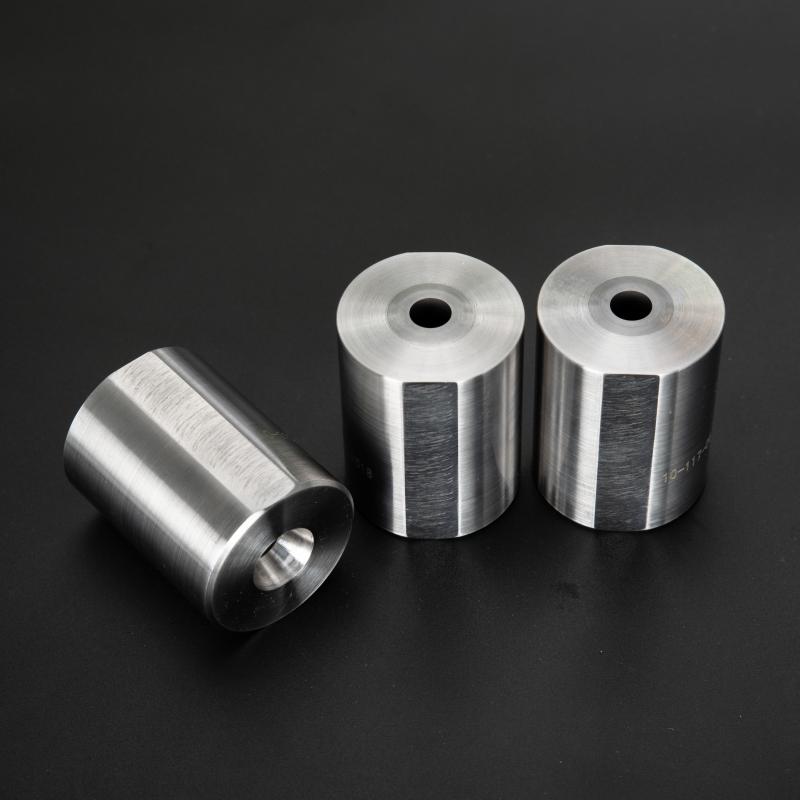Inner Cutting Dies, known for their precision and efficiency, are essential tools in various manufacturing processes, including electronics, packaging, and automotive industries. As manufacturing moves towards greater automation and intelligence, Inner Cutting Dies are increasingly integrated with advanced technologies to enhance productivity, precision, and adaptability. This article explores the latest trends in the combination of Inner Cutting Dies with automated systems and how intelligent control technologies are transforming the cutting process.

The Role of Automation in Inner Cutting Die Applications
Automation in inner cutting die applications involves the use of robotic systems, conveyors, and computerized controls to perform repetitive cutting tasks with minimal human intervention. This integration has several key benefits:
1.Increased Production Efficiency: Automated systems reduce cycle times, enabling higher throughput without compromising quality.
2.Consistency and Precision: By eliminating human error, automation ensures uniform cuts across large production runs.
3.Cost Reduction: Although initial investments in automation are high, long-term cost savings result from reduced labor and waste.
Latest Trends in Inner Cutting Die Automation
1.Robotic Integration
Modern inner cutting dies are often paired with robotic arms that handle material feeding, positioning, and retrieval. These robots can be programmed for complex movements, ensuring precise alignment with the die. For instance, in the electronics industry, robotic systems ensure that delicate components like circuit boards are cut with extreme accuracy.
2.CNC-Controlled Cutting Systems
Computer Numerical Control (CNC) technology enables automated machines to operate inner cutting dies with micrometer-level precision. CNC systems allow for real-time adjustments to cutting parameters, ensuring optimal performance even with varying material properties.
3.Laser-Assisted Cutting
Incorporating laser technology with inner cutting dies enables hybrid systems capable of cutting intricate designs or hard-to-reach areas. This combination enhances versatility while maintaining the robust performance of traditional dies.
4.Smart Sensors and IoT Integration
Smart sensors embedded in automated systems monitor parameters such as pressure, temperature, and material thickness. These sensors send data to IoT platforms, allowing for predictive maintenance and real-time process optimization.
Intelligent Control: Revolutionizing Inner Cutting Die Operations
Intelligent control systems use artificial intelligence (AI) and machine learning (ML) to improve cutting accuracy and efficiency. Here’s how:
1.Dynamic Parameter Adjustment: AI algorithms analyze material properties and adjust cutting force, speed, or angle to ensure precise cuts.
2.Error Detection and Correction: ML models identify anomalies in real-time and suggest corrective actions, minimizing waste and downtime.
3.Automated Design Adaptation: Intelligent systems can automatically adjust die configurations for different product designs, reducing setup time and increasing flexibility.
Advantages of Automation and Intelligence in Inner Cutting Die Applications
1.Enhanced Productivity: Automated and intelligent systems streamline operations, enabling 24/7 production with minimal supervision.
2.Higher Quality Standards: Consistent monitoring and adjustments ensure every cut meets strict quality specifications.
3.Improved Safety: Automation reduces human involvement in high-risk tasks, minimizing workplace accidents.
4.Eco-Friendly Production: By optimizing material usage and reducing waste, these systems support sustainable manufacturing practices.
Challenges and Future Directions
Despite their benefits, integrating automation and intelligence into inner cutting die applications comes with challenges, such as high initial investment costs and the need for skilled personnel to manage advanced systems. However, ongoing developments in AI, robotics, and IoT are making these technologies more accessible.
In the future, we can expect:
1.Full Digital Twins: Virtual models of cutting systems for real-time simulation and optimization.
2.Collaborative Robots: Robots that work alongside humans to enhance efficiency and flexibility.
3.Self-Healing Dies: Materials and systems capable of self-repair, reducing maintenance costs and downtime.
The integration of automation and intelligent control with inner cutting dies is transforming manufacturing, offering unparalleled levels of efficiency, precision, and adaptability. By embracing these advancements, industries can achieve greater competitiveness and sustainability. As technology continues to evolve, the future of inner cutting die applications holds even greater promise for innovation and excellence.








